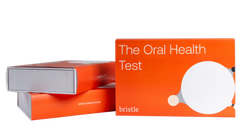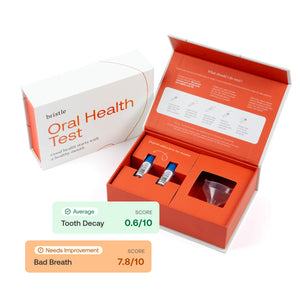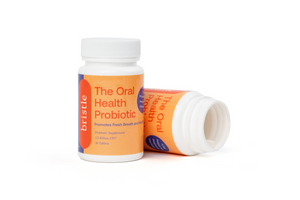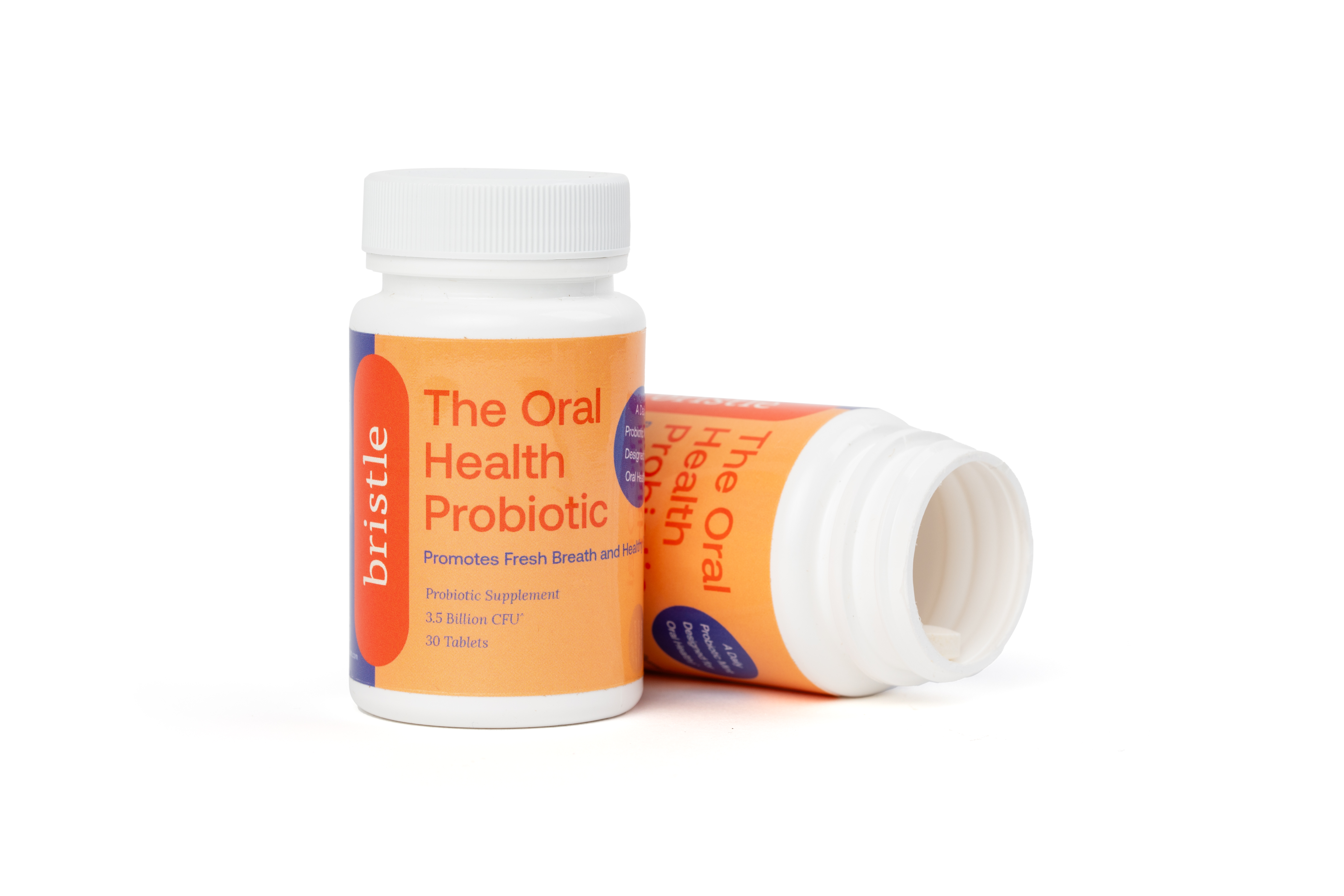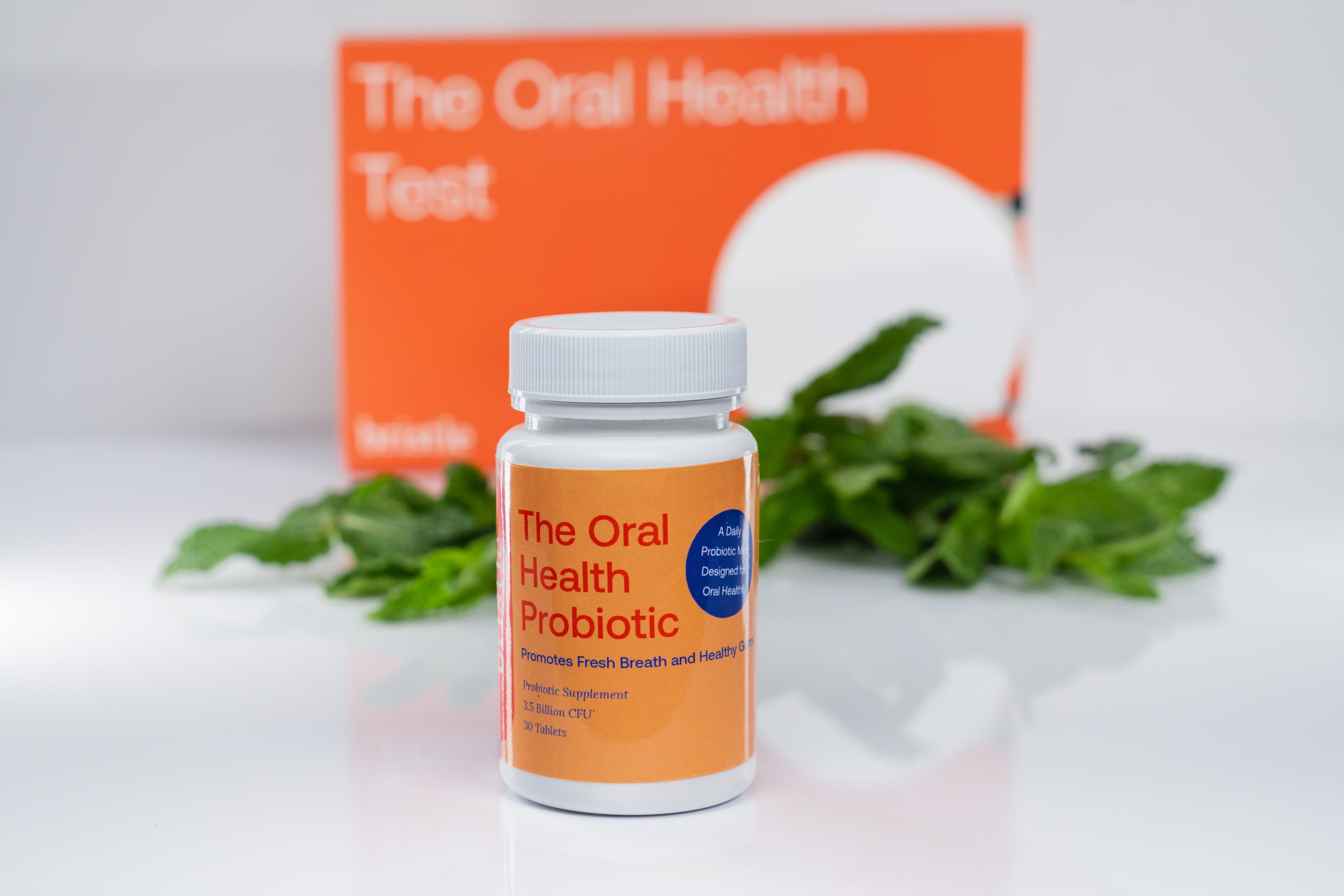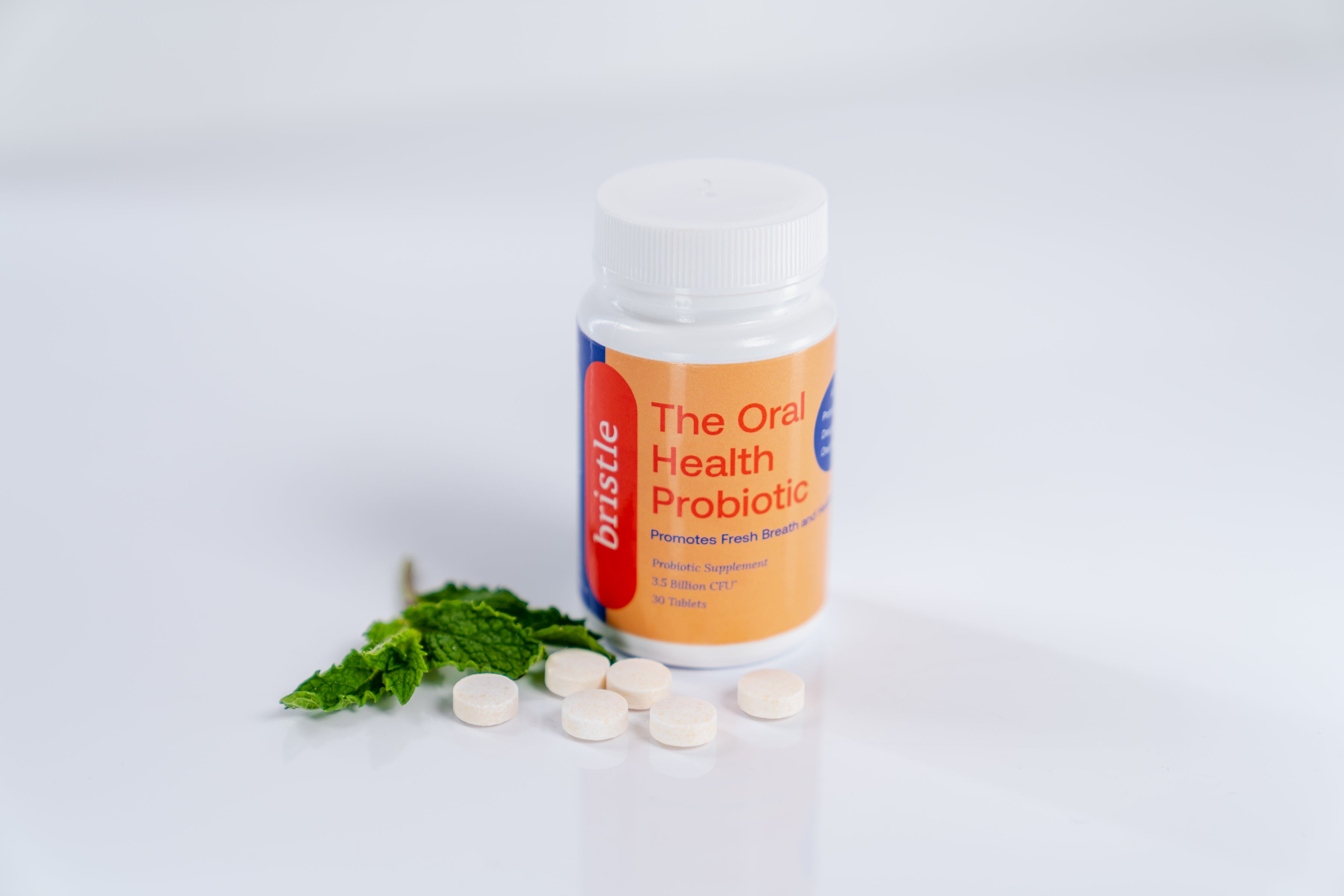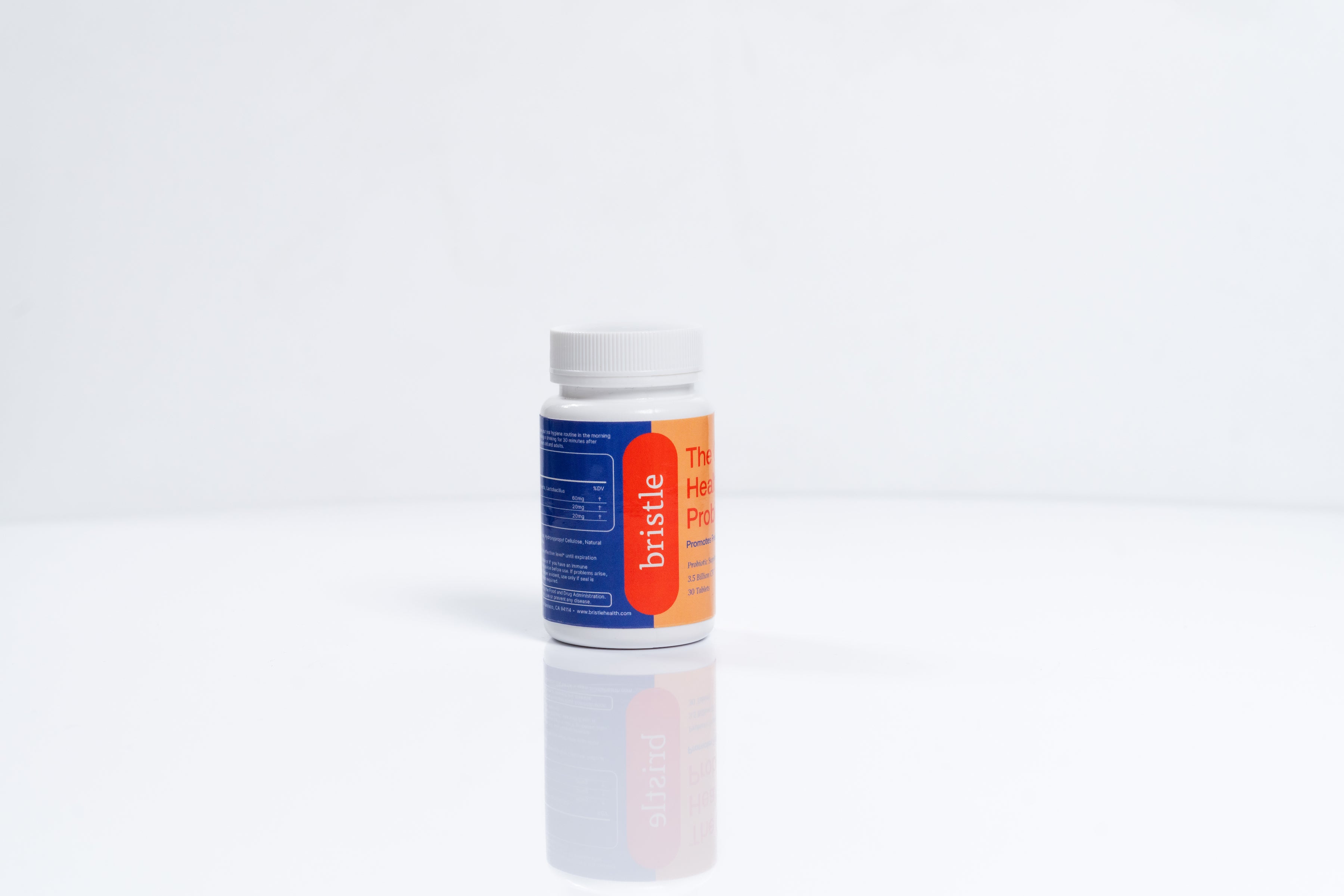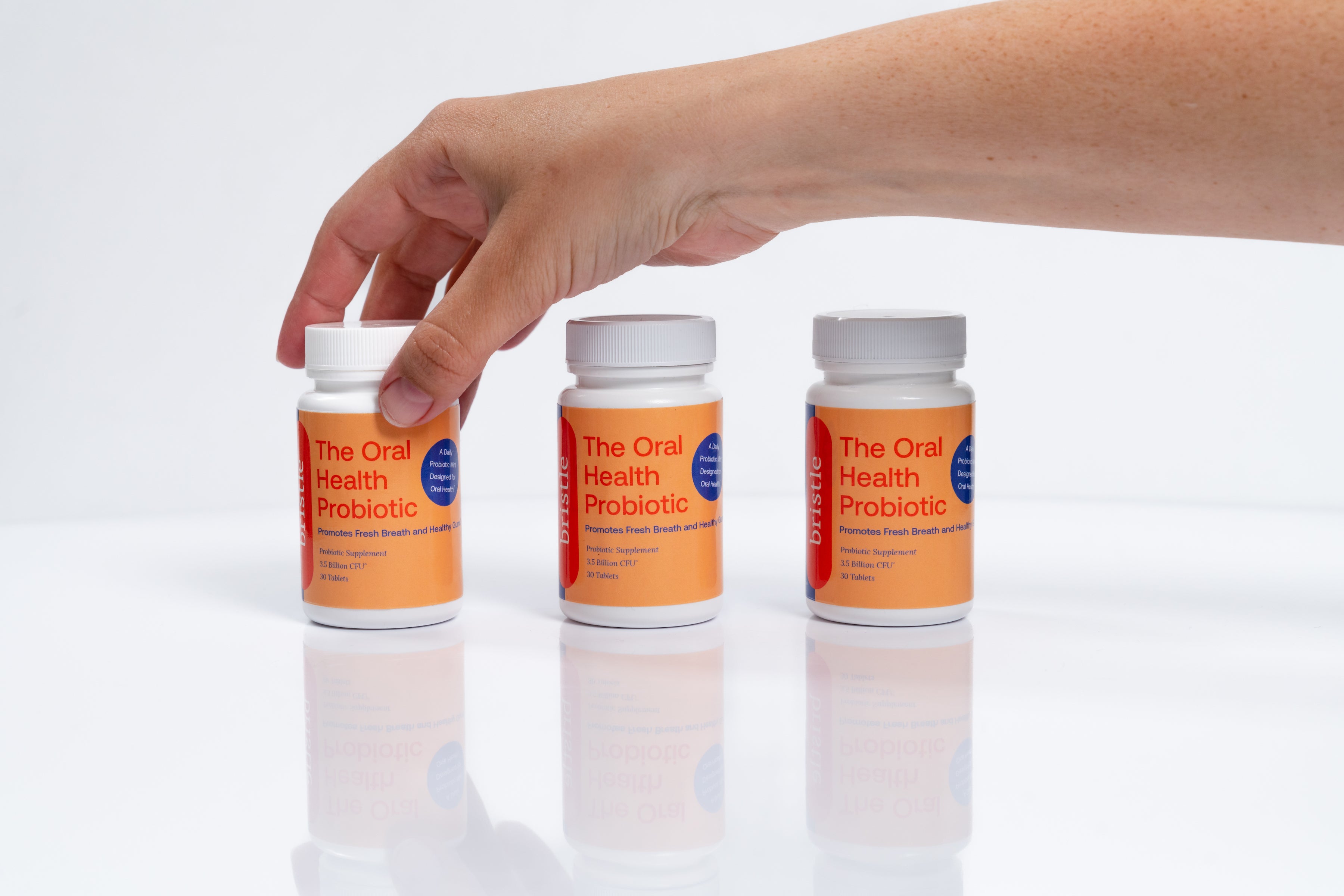Halitosis, or bad breath, is a common condition in oral health care that affects people of all ages and can decrease self-confidence in social settings and interactions. It is estimated that 50% of people experience halitosis regularly.
What are some effective ways to treat bad breath?
Bad breath is caused by bacteria that live in the mouth and produce volatile sulfur compounds (VSC). The VSCs cause unpleasant odors and the bacteria that produce them also contribute to the development of gum disease and tooth decay. The main causes of bad breath include poor dental hygiene, smoking, alcohol consumption, diabetes, medication side effects, stress, and certain medical conditions.
Since bad breath can be not only embarrassing but also a sign of periodontal disease (gum disease) and other health conditions, it is important to address it with proper treatments. Below we will explore the research into different treatment options for bad breath.
Oral hygiene
The best primary treatment for bad breath is practicing proper oral hygiene, including regular brushing, flossing or other interdental (between the teeth) cleaning methods, like using a water flosser. By practicing consistent oral hygiene, you can prevent oral bacteria from forming odor-causing biofilms (slimy colonies) on our teeth, gums, and tongue.
A systematic review of clinical trials found that a professional dental cleaning, scaling and root planing (deep cleaning), along with regular oral hygiene practice, lowered the levels of VSCs in patients with bad breath or periodontal disease (gum disease), regardless of tongue scraping or mouth wash usage. However, routine oral hygiene practice may not be sufficient to prevent or reduce bad breath for everyone.
Tongue cleaning or tongue scraping
Regular tongue scraping has been found to reduce the levels of VSCs in people with bad breath by 30-75%.
A 2001 study looked at the effectiveness of different tongue cleaning approaches in lowering oral VSC levels. They used a combination brush and scraper tool, a tongue scraper, and a normal toothbrush. The tests showed a 42%, 40%, and 30% reduction in VSC levels, respectively.
The reduction in VSC levels lasted significantly longer in patients who used the tongue scraper, but after 30 minutes the reduction in all cases could not be detected.
Mouthwash or Mouth Rinses
There are multiple different types of mouthwash that have received the ADA seal of acceptance. These mouth rinses contain different active ingredients and approaches to lower the levels of odor-causing bacteria and the VSCs that they produce.
Academic reviews have found that mouthwashes containing chlorhexidine (CHX), cetylpyridinium chloride, and zinc are effective in reducing bad breath symptoms. After three and six months, people using the zinc acetate/CHX rinse showed significant reductions in their levels of VSCs.
However, prolonged usage of CHX mouthwash has potential disadvantages, including staining of the teeth and tongue, a metallic sensation after use, or reduced taste perception. However with regular rinsing after CHX usage, the study group showed no differences in tooth staining.
These approaches simply reduce the abundance of all bacteria and can kill the diversity of the oral microbiome. Bad breath sufferers can consider mouthwashes as a short-term solution when used with other oral hygiene recommendations, but likely not a long term fix.
Oral Probiotics
Multiple studies have measured the effectiveness of probiotics in reducing symptoms of bad breath and VSC-releasing bacterial species, and found promising results.
A study from 2020 measured the effects of the probiotic species S. salivarius strains K12 and M18 in a culture. They isolated two bacterial species associated with bad breath and gum disease, P. gingivalis and T. denticola, and cultured them with and without K12 and M18. The study found that the culture with high levels of K12 and M18 significantly reduced the levels of VSCs produced and also reduced the abundance of P. gingivalis and T. denticola by roughly 50%.
Other studies looked at the effects of oral probiotics in patients with tongue coating, with and without other hygiene interventions like mouthwash and tongue cleaning.
In this study, twenty-eight subjects with tongue coating were split into two groups, with half using a probiotic tablet for 30 days while the and the other half taking a placebo. Both groups continued their standard oral hygiene practice but did not use tongue scraping. The scientists took the measurements of the patient’s VSC levels at one, seven, and fourteen days after beginning treatment and compared the results.
After one day, the probiotic group had significantly lower levels of VSCs and reduced tongue coating appearance than the group on placebo. But they had no statistically significant differences in VSC levels and tongue coating on days seven and fourteen. The study concluded that patients might require physical or chemical removal of the tongue coating before probiotic use to have effective results.
Their findings were supported by a separate study that measured the effectiveness of probiotic use in combination with tongue scraping. This study split 100 participants into three groups: one group performed tongue scraping (TS); the second performed tongue scraping and used a probiotic (PB), and the third group did not tongue scrape but rinsed their mouths for two minutes with water after brushing (MW). The study took measurements after one month of treatment, then one month after stopping treatment.
The TS-only group had significantly reduced bad breath symptoms after the first month of treatment, but their VSC levels rose again in the final measure one month after ending the treatment. The PB group showed significant drops in halitosis measures in the first month and sustained their low level results after ending treatment. The MW group presented no difference throughout the study.
These findings suggest that using a probiotic in combination with a regular routine offers a more sustained improvement to bad breath symptoms. This implies it is not enough to simply remove harmful bacteria with mouthwash or add probiotics alone – but instead use a combination of approaches to see the most lasting results.
Increase saliva production
Individuals struggling with dry mouth can consider several options to increase their saliva production. These recommendations include chewing sugar-free gum, xylitol gum, and xylitol lozenges.
Similarly, xylitol-containing mouthwashes like Biotene Dry Mouth Oral Rinse or ACT Total Care Dry Mouth mouthwash support saliva production and reduce bad breath odors. Xylitol is a naturally occurring sugar alcohol found in plants, including many fruits and vegetables, that has been found to reduce the abundance of harmful and odor-causing bacteria in our mouths, in turn preventing bad breath and tooth decay.
The consumption of alcohol, caffeine, and mouthwashes that contain alcohol also leads to dry mouth. Reducing the intake of these substances can also improve oral health care and overall health.
Diet
Proper hydration further helps to stimulate the production of saliva and removes food particles and food debris from our mouths that feed VSC-producing bacteria. So be sure to drink plenty of water throughout the day to keep your mouth moist.
Raw fruits and vegetables that are high in fiber also reduce disease-causing bacteria, while yogurt can effectively promote beneficial bacteria and lower levels of VSCs.
The most highly recommended foods are nitrate-rich vegetables like spinach, lettuce, fennel, radishes, and beets. These act as a prebiotics and increase the levels of beneficial bacteria in our oral microbiome.
Conclusion
In summary, oral bacteria in the gums, tongue, tonsils, and dry mouth – all known as intraoral halitosis causes – are the main sources of bad breath. However, diet, H. pylori, or a medical condition like GERD – extraoral halitosis – can also lead to bad breath. Treatments include tongue scraping, mouthwashes, increasing saliva production, and maintaining a healthy diet.
Want to learn more about your oral health, and if you have the bacteria that cause bad breath? You can test your oral bacteria with the Bristle Oral Health test.
